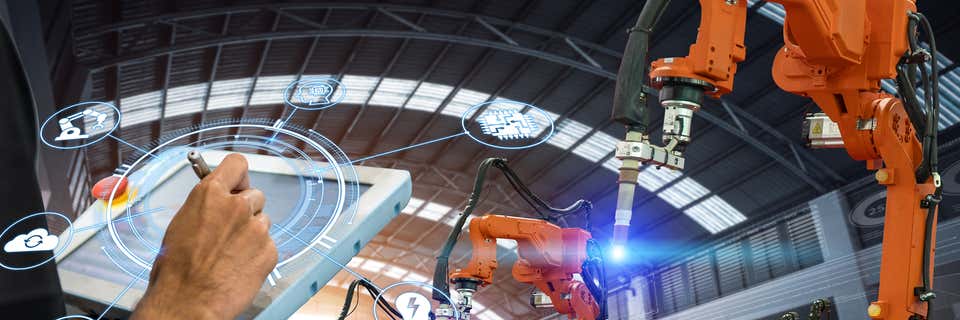ITIL 4 and automation – opening up improvement and transformation

- Blog
- Capabilities
- IT Services
- Processes
May 19, 2020 |
3 min read
- Blog
- Capabilities
- IT Services
- Processes
What is the future for automating IT services in an ITIL® 4 world?
The latest evolution of ITIL has opened the conversation up, addressing the practices from a technological perspective as well as a business management one.
But where are organizations on that journey right now?
During one session at the PINK20 conference, I asked the question: “What examples of automation do you see around you, and what are you using in your organization?” One delegate pointed to Amazon using drones for delivery and said it would be cool to use robotics to install and run diagnostics on desktop computers. After all, the technology to do it is already there.
Another delegate said something equally interesting and shocking: Their company was still looking at automating password reset. It turned out, from the response in the room, a host of other companies were doing something similar.
In one breath, they were referencing technology that’s been around for more than a decade and, in another, talking about robotics! So, we can assume that organizations are still far behind with automation.
While we’d need a solid industry survey to know exactly what’s causing this, these are my observations: Companies are reluctant to spend money automating when people can perform a task, and there is a general lack of holistic thinking and planning for automation.
For example, organizations lack automation for effective monitoring and event management. This is where machine learning could immediately impact their ability to foresee and head off costly issues.
ITIL 4 offers a way to harness the opportunity for automation as well as address most organizations’ traditionally disjointed approach to it.
ITIL 4 – a more strategic approach
Why do I think ITIL 4 and its systems-thinking approach gives organizations the opportunity to be more strategic in planning services and automation?
- Beyond the foundation level, ITIL 4’s high-velocity IT module recognizes that some organizations can’t become high velocity simply because they want to. Where businesses look at automation as a cost-cutting measure, automation is really more about business enablement. And it’s more based on culture than technology; it’s about overcoming the basic human fear about automation that’s expressed as: “What does this mean to my job?”
- Organizations truly need to understand the purpose of ITIL 4’s service value system, along with the four dimensions of service management and how they work together. Automation can’t just be about technology; it’s also about how it will realize value.
- I think ITIL 4 infers the need for humans to work together to truly co-create value through value streams. Also, there is a genuine customer service element that goes beyond the service desk; it’s an opportunity for all IT professionals to be more aware of the person who’s affected by what they’re doing and to engage with them, determine what their objectives are, etc.
- When organizations are researching, investigating, and testing new capabilities to find solutions to business problems, they also need humans to support these things. Therefore, automation is about making support more efficient, not eliminating people.
From now, companies need to consider automation not in isolation, but as part of an overall strategy and to make decisions from a service value system approach rather than an isolated team focus or a solution-specific focus.
There is an undeniable urgency to do this. Technology is advancing so fast and organizations are already behind the curve in their capability with automation.
With the coming of ITIL 4, it is no longer about putting either processes or technology first. Instead, if organizations pay attention to the service value system and the four dimensions, while focusing on the co-creation of value, they can really build a holistic approach. Then, automation means they can apply resources to projects – such as improvement and transformation – that are uniquely human.